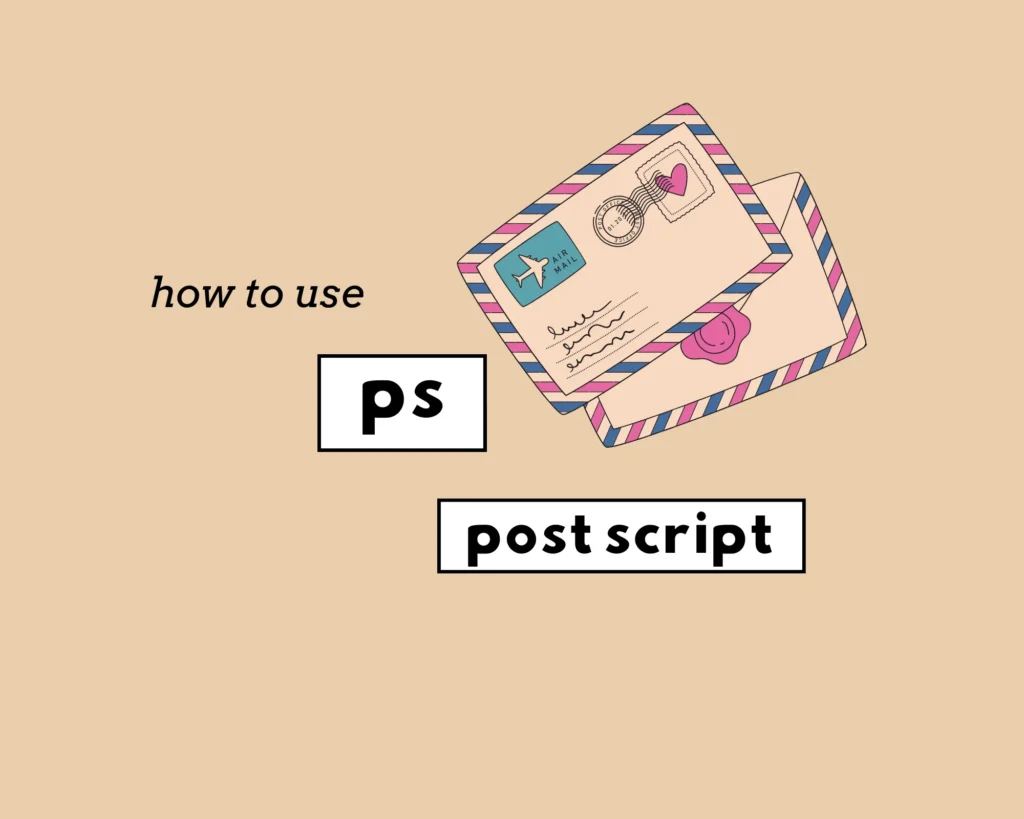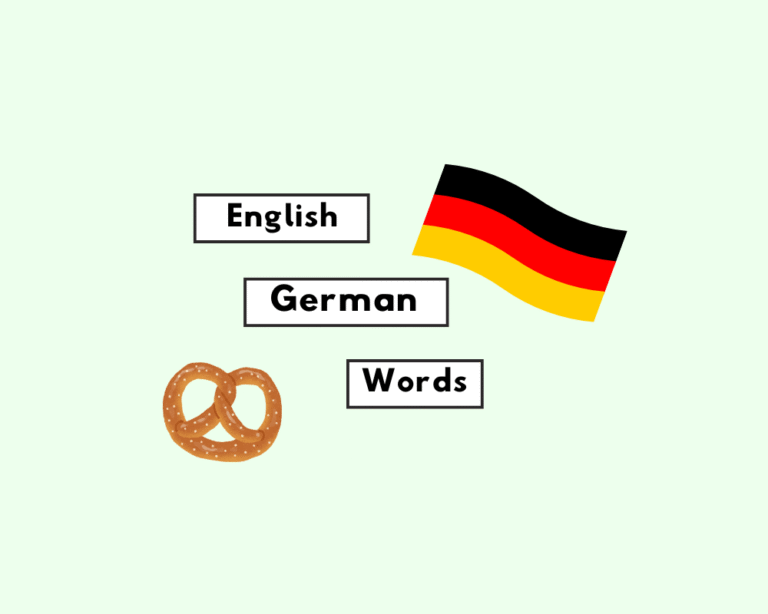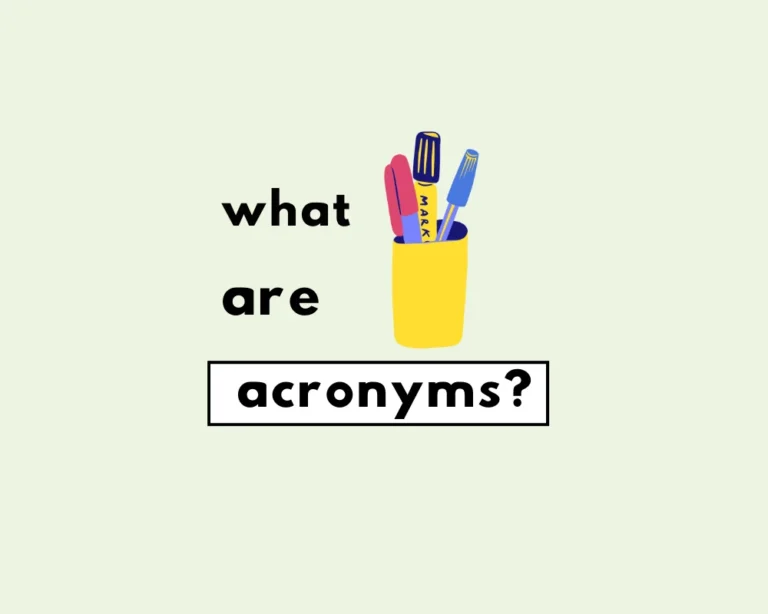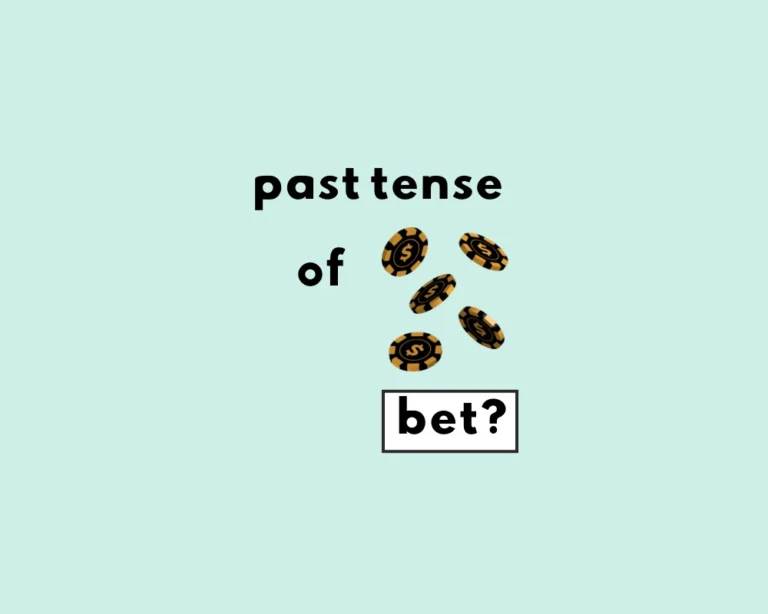What does P.S. mean?
PS? “Postscript” or “PlayStation”? Which is it? Though they share an acronym, today’s post is not on the PlayStation. (To be sure, we have zero affiliation, but would gladly accept any offer).
P.S.: I forgot to tell you something important.
Thanks again for everything! P.S. I really enjoyed our chat about hiking.
Ps I forgot to return your book.
Thank you for your time and consideration. P.S. I look forward to your response to question 3 in the interview.
”PS” stands for postscript, which translates to “written after.” PS can be included at the end of a letter, or an email. A PS is used to enclose a further or additional thought in writing that had not already been included in the letter or text.
Where did P.S. originate?
Postscript derives from the Latin postscriptum, which translates to “written after.” Writing PS used to be much more common before text and the internet. Nowadays, it’s much less frequently used, though people still use the acronym in case they missed something in the body of the message.
Practice using the verb in different tenses with example sentences to memorize the correct forms.
How to punctuate P.S.
Is PS written in all capitals? Does it need periods between the P and the S? Can you write PS in lowercase? What’s the correct way to format a PS in writing?
The answer is that it depends on which style guide is being considered. Style guides will vary on the way they stylize and format certain words. That said, there is oftentimes agreement between the style manuals. The Chicago Manual, for example, states that periods are used in acronyms when:
- An abbreviation that consists of lowercase letters or that ends in a lowercase letter, such as p. or pp., a.m. or p.m., and Dr. (b) use a period for an initial standing in for a name, as in E. B. White; but (c) omit periods from abbreviations that include two or more capital letters, such as US, PhD, and CEO.
2. The Chicago Manual is clear then: writing PS in all capitals does not require periods.
Keep in mind, this does not mean that writing P.S. like this, with periods, is incorrect. This just means that it’s not the preferred formatting according to the Chicago Manual.
The American Psychological Association (APA) follows the Chicago Manual here, and concedes that common acronyms do not need periods and should be written in all capitals:
Do not use periods or spaces in abbreviations of all capital letters, unless it is a proper name or refers to participants using identity-concealing labels:
- G. R. R. Martin, J. K. Rowling, F. Scott Fitzgerald, P. T. Barnum, F.I.M., S.W.F.
- MA, FBI, CD, URL, HTML, RSS, APA (APA on acronyms.)
Examples of “PS” in writing
Richard Feynman was an American Nobel Prize winning physicist, physics populizer and enthusiast, and assisted in developing the atomic bombs in WWII. In 1945, Feynman’s wife, Arline, died of tuberculosis at 25 years old. In October of 1946, Feynman wrote her a heartfelt and tender letter addressed to her after she had passed. A PS is included at the end:
I know you will assure me that I am foolish and that you want me to have full happiness and don’t want to be in my way. I’ll bet you are surprised that I don’t even have a girlfriend (except you, sweetheart) after two years. But you can’t help it, darling, nor can I — I don’t understand it, for I have met many girls and very nice ones and I don’t want to remain alone — but in two or three meetings they all seem ashes. You only are left to me. You are real.
My darling wife, I do adore you.
I love my wife.
Rich.
PS Please excuse my not mailing this — but I don’t know your new address.
Sylvia Townsend Warner was an English writer and poet, best known for her works Lolly Willowes, The Corner That Held Them, and Kingdoms of Elfin. She was a frequent writer for The New Yorker, and was also known for her personal letters in correspondences she had with other writers. In 1946, she penned the following letter to a friend and writer, Alyse Gregory, to thank her for a strange gift she had received (a matchbox.) Warner includes a postscript at the end.
Oh, I must tell you I have finished my book—begun in 1941 and a hundred times imperiled but finished at last. So I can give an undivided mind to enjoying my matchbox.
P.S. There is still so much to say…carried away by my delight in form and texture I forgot to praise the picture on the back. I have never seen such an agreeable likeness of a hedgehog, and the volcano in the background is magnificent. (Sylvia Townsend Warner, in a letter to fellow writer Alyse Gregory.)
In 2010, Sophia Bailey-Klugh wrote and illustrated a letter to former President Barack Obama to thank for him supporting same-sex marriage, since she’s the child of a same-sex couple. Her letter includes a PS:
Dear Barack Obama,
It’s Sophia Bailey Klugh. Your friend who invited you to dinner. You don’t remember okay that’s fine. But I just wanted to tell you that I am so glad you agree that two men can love each other because I have two dads and they love each other. But at school kids think that it’s gross and weird but it really hurts my heart and feelings. So I come to you because you are my hero. If you were me and you had two dads that loved each other, and kids at school teased you about it, what would you do?
Please respond! I just wanted to say you really inspire me, and I hope you win on being the president. You would totally make the world a better place.
Your friend Sophia
P.S. Please tell your daughters Hi for me!
(Our differences unite us, Sophia Bailey Klugh.)
Keep learning! It’s encouraged.
Worksheet
What does “P.S.” stand for?
According to the Chicago Manual of Style, which is the preferred formatting for “P.S.?”
Which of these sentences correctly uses the past participle of “know”?
What is the meaning of “postscript”?
When is a P.S. typically used?
P.S. is an abbreviation for .
The Latin origin of “postscript” is .
The correct way to write “P.S.” according to the Chicago Manual of Style is .
Before the internet, using a P.S. was much more .
A P.S. is used to convey a(n) thought.
Frequently Asked Questions
What does “P.S.” stand for?
+
Is “PS” capitalized or punctuated?
+
How is “P.S.” used in writing?
+
Are there variations in P.S. usage?
+
Why is “P.S.” less common now?
+
Yash, D. "How to Write “P.S.”." Grammarflex, Jun 16, 2025, https://www.grammarflex.com/ps-meaning-how-to-use-in-text-with-examples/.
Sources
-
Richard Feynman’s letter to his wife Arline











